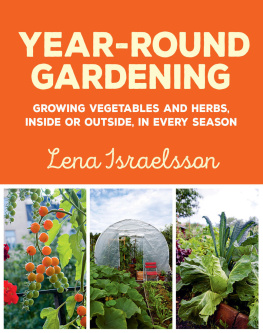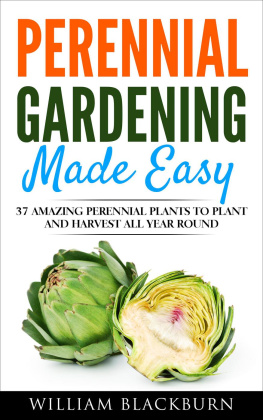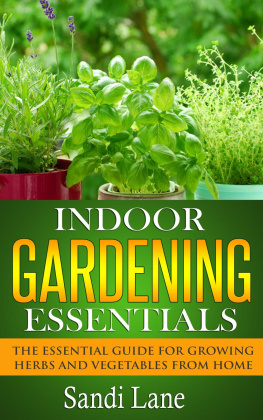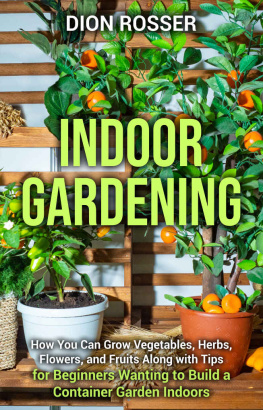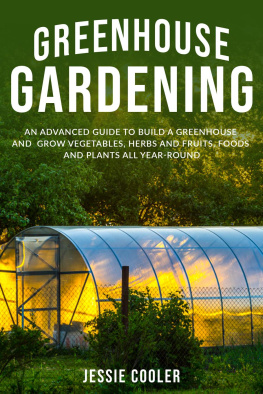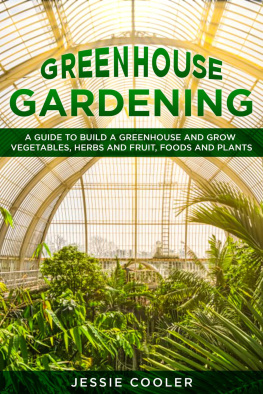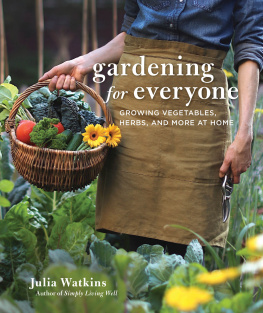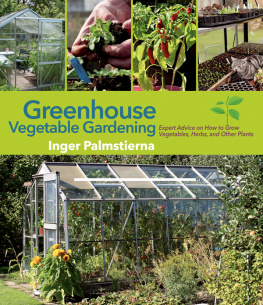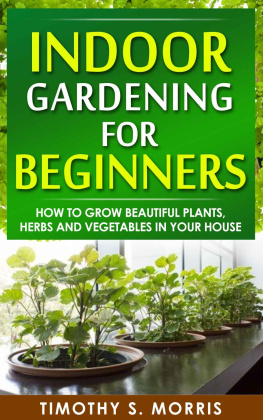
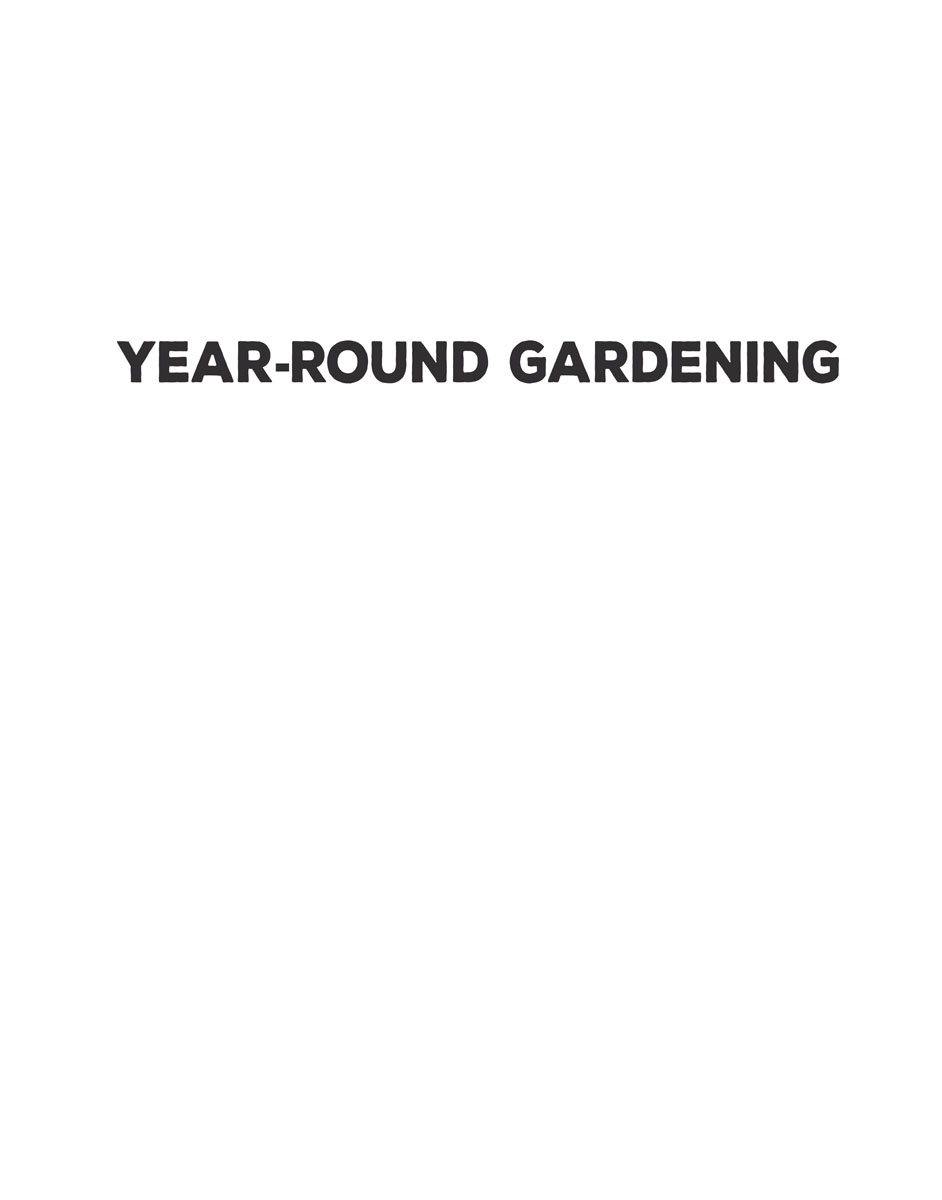
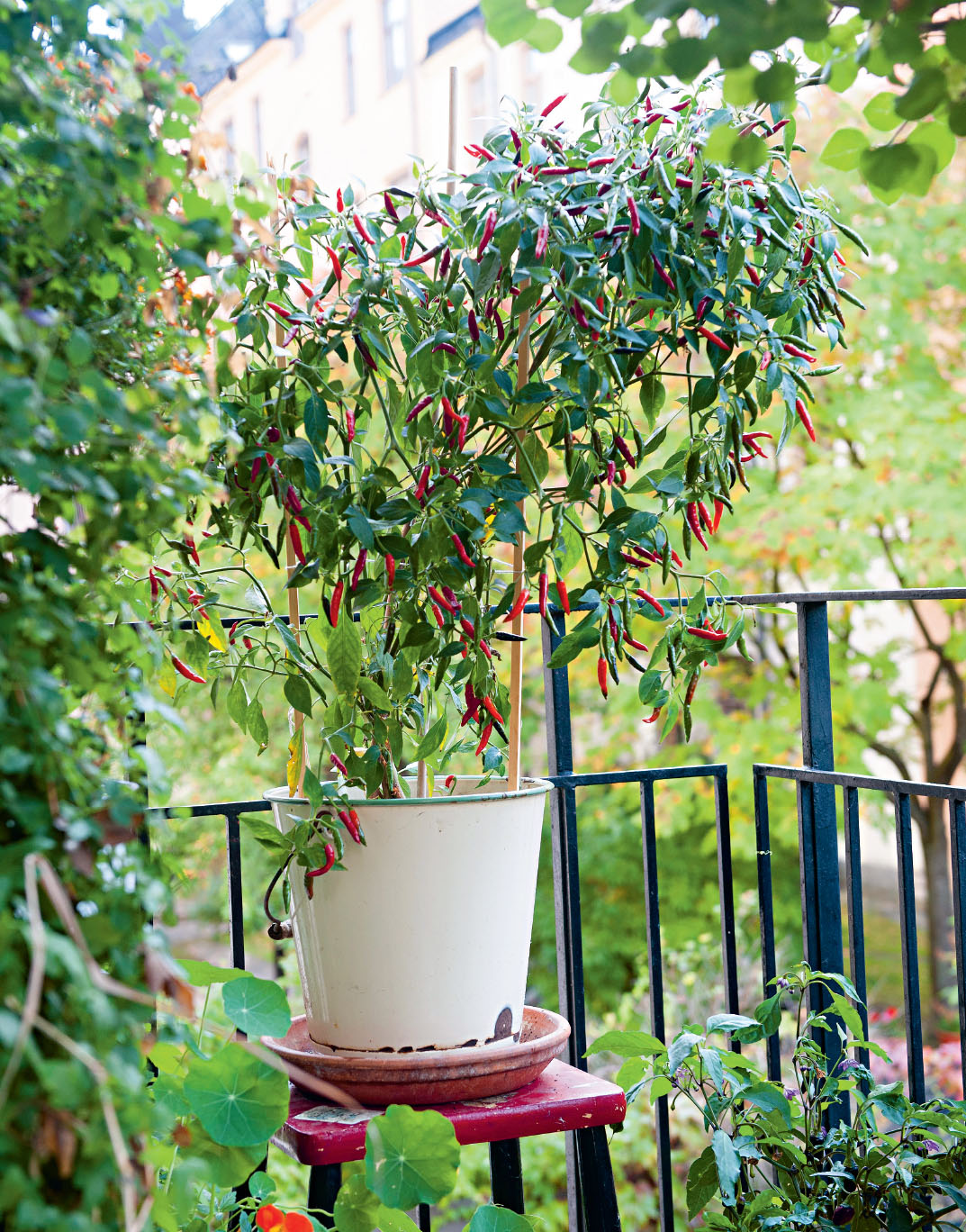

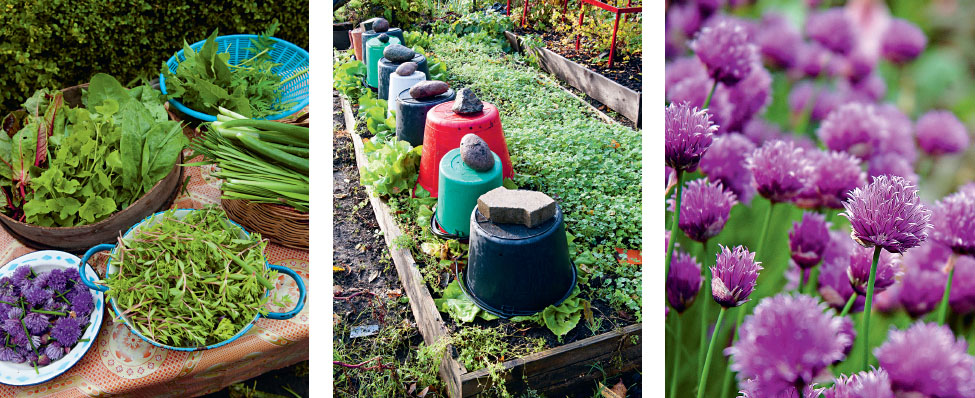
CONTENTS
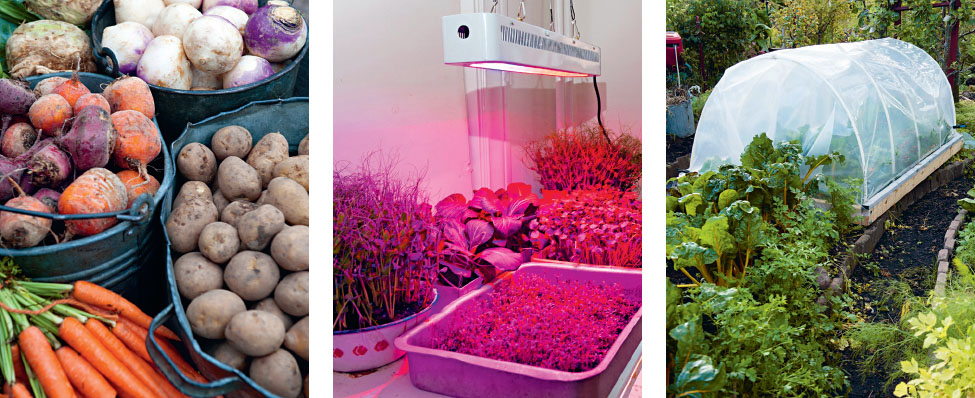

A motley August harvest: tomatoes, Borlotti beans, and chili peppers.
THESE DAYS, I GARDEN ALL YEAR

IN THE PAST, my gardening season used to last five months. Now it spans twelve months, and Ive tripled my yield. I harvest tender leaves under the spring sun, and move on to sweet tomatoes and chubby cucumbers in the summer. I feast on Japanese mizuna cabbage and root vegetables well into late fall.
Finally, winter is when kale is at its peak, and mchealso called lambs lettuce or corn lettuceand winter purslane (known too as miners lettuce), are doing great. But for other plants, their best days are behind them, whether theyre buried in snow or not. So, this is the time when I head indoors. Here, new adventures await in the form of microgreens, herbs, and hydroculture. When all is said and done, every season gives rise to its own kind of joy. And that is why Im a year-round gardener.
IT ALL STARTED IN CHINA
Eighteen years ago, I was in northern China studying their method of intensive cultivation, which encompasses year-round gardening. I not only learned how to maximize yields without depleting the soil, but also how to prolong the growing season by, among other things, choosing the right types of plants.
Since then, Ive supplemented my toolbox with heated frames, tunnel greenhouses, mobile tunnels and, last but not least, indoor gardening. Most important, Ive test-grown huge amounts of plants to find out which are the toughest. Year-Round Gardening is the result of these experiences.
GROUNDLESS FEAR
Youll find a comprehensive cheat sheet (on ) of annual plantings for the kitchen garden, with information about everything from planting to cold hardiness. Among the 66 plants listed in this sheet, 56 of them will tolerate light frost or a few degrees below freezing. Some plants flavors are even improved by a touch of frost. In other words, our phobic fear of frost is groundless.
The idea behind the cheat sheet is that with it, you should be able to plan your garden and combine plants in order to prolong the growing season. Itll work just as well with a pallet rim and vegetable patch as with pots on the balcony.
I wont claim that everyone who reads this book will turn into a constant gardener. However, Ill be happy if some of you are able to lengthen the growing season by a few months. Why not set aside a garden bed for the cold-hardiest plants, such as kale, mche, and winter purslane, and grow them in a plastic caterpillar tunnel? That way you could get to harvest vegetables at Christmastime.

Organic matterthis is what the ground needs to provide me with more than a single harvest.
FOR GARDENERS ALL OVER THE COUNTRY
Id like all gardeners in Sweden to be able to use this book. Thats why each seasons section begins with weather facts pertaining to every area of the country. My statistics come from the government agency SMHI (Swedish Meteorological and Hydrological Institute), and they show the normal range from 1961 to 1990 (the only years for which data is available).
However, were also aware that global warming has brought about higher temperatures since then; SMHI states that they have risen by about 34F (1C). Keep this in mind when you check the figures!
If we fail to stop emitting greenhouse gases, temperatures will rise by about 40F to 43F (4C to 6C) by the year 2100, according to SMHI, and the area most affected will be the north of Sweden. At the same time, levels of precipitation are increasing by 30 to 50 percent, so we will have to contend with more plant diseases and destructive pests.
Naturally, its impossible to feel happy about these statistics, even if they do mean that our growing season is longer. Were headed straight toward a global catastrophe, which is going to make parts of the globe uninhabitable.
But we know one thing for sure: Its always good for the environment to grow your own food, and over twelve months rather than five.
Lena Israelsson

The key to success is staggered sowing, and to always have new plants on hand.
PLANNING THE HARVEST
NOW IS THE TIME TO LAY THE GROUNDWORK FOR YEAR-ROUND GARDENING, AND WE AIM TO DOUBLE OR TRIPLE THE HARVEST.

FERTILE SOIL IS A PREREQUISITE FOR ALL CULTIVATION; its possibly even vital if you garden throughout most of the year, since the soil is going to be more productive per square foot. Year-round gardening distinguishes itself from traditional gardening with four principles, the first and most important being forward planning. Without this step, you will have neither a fall nor a winter harvest. Forward planning is all about preparing for tomorrow. If you wish to harvest produce in late fall, planting for it in September will not workit must to be done as early as in July or August. By the way, sowing just once per year is so typically Swedish. Make a habit of putting in several staggered plantings instead.
Forward planning also means having small starter plants at the ready. I force new plants as soon as I feel like it and have the time to do it, so theyre available for planting when a spot opens up. The method of having young plants at ones disposal is unbeatable. My advice to anyone who wishes to prolong their growing season is to have forced plants on hand to fill in the gaps, which will stretch their harvest. Yes, I know, there will always be a few leftover plants. Go ahead and share them with other gardeners.
The second principle is to practice intensive gardening; i.e., to use all the different methods of intensive cultivation. This will maximize the harvest without depleting the soil, and without contributing to the emission of greenhouse gases.
Here are a few examples of intensive gardening: growing in raised beds, mulching with garden waste and/or garden fabric, interplanting, staggered sowing and fertilizing, and growing in tunnel greenhouses (poly-tunnels), cold frames, and low greenhouse tunnels (quick hoops). Ill go over all of these in more detail later on.
WEATHER DETECTION
The third principle is weather detection keeping an eye on the weather and following the forecast. Meteorological conditions are the only thing we year-round gardeners cannot control. But we are gamblers, and so we assume that our tomatoes will ripen and the cucumbers wont be washed away by the rain. And, fortunately, were not without tools. Here are some of the most important implements at our disposal:
Next page
